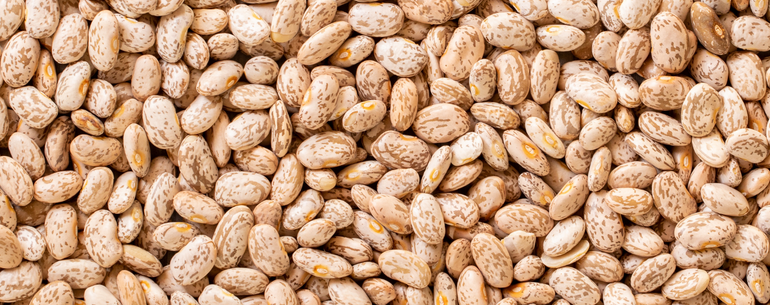Pinto Beans reduce Non-HDL Cholesterol Levels in Hamsters on a High-Saturated Fat Diet and Modulate Genes Linked to Cholesterol Regulation
May 01, 2024

Pinto beans, renowned for their nutritional richness and health benefits, harbor a multitude of active agents, including polyphenols, flavonoids, and saponins. These compounds have garnered attention for their potential role in cholesterol reduction, yet the precise mechanisms underlying this effect remain elusive. In a recent study featured in The Journal of Nutrition, the research team led by Vicki Schlegel and Timothy P Carr embarked on a comprehensive exploration of this phenomenon. An Tien Nguyen, spearheaded the execution of the research, while Carlos Urrea Florez, from the University of Nebraska, played a crucial role by providing the essential component: pinto beans. The meticulous collection and analysis of biological samples were carried out by An Tien Nguyen, Sami Althwab, and Haowen Qiu, with additional contributions from Richard Zbasnik in characterizing the beans. An Tien Nguyen and Vicki Schlegel took the reins in manuscript preparation, crafting a detailed account of their findings.
Understanding the connection between elevated LDL cholesterol and the onset of atherosclerosis, a condition associated with various cardiovascular diseases, is widely acknowledged. While cholesterol-lowering medications remain a common treatment, their side effects prompt exploration into natural alternatives that can be seamlessly integrated into daily diets for cholesterol prevention. Compounds like polyphenols, dietary fiber, and saponins have garnered significant interest due to their cholesterol-lowering properties, all of which are naturally present in pinto beans (Phaseolus vulgaris, L. var. Pinto).
Pinto beans, a staple food in regions like Latin America, Africa, and India, boast a plethora of health benefits, including antioxidant, antimicrobial, anticarcinogenic, antihypertensive, and hypolipidemic properties. These effects stem from their beneficial composition. Given the diverse active components found in pinto beans, their collective impact likely yields greater benefits in reducing cholesterol compared to individual substances, thanks to potential additive or synergistic effects.
Whole pinto beans (wPB) have shown promise in reducing serum total and LDL cholesterol in humans, yet a gap in understanding the underlying mechanisms persists. To address this, a study utilizing a hamster model, which mimics human cholesterol mechanisms, was conducted. This study aimed to assess the overall cholesterol-lowering ability of wPB by examining plasma, hepatic, and fecal cholesterol concentrations. Additionally, it investigated multiple pathways of cholesterol metabolism in response to wPB consumption, including synthesis, clearance, absorption, and excretion. Pinto bean hulls (hPB) were included as a supplement to discern the extent to which physiological effects are attributed to them. Furthermore, the use of raw beans served as a reference point for developing healthier beans and refining farming practices or food processing methods while preserving their active components.
Visit our Amazon store here: High Plains Beans Store



